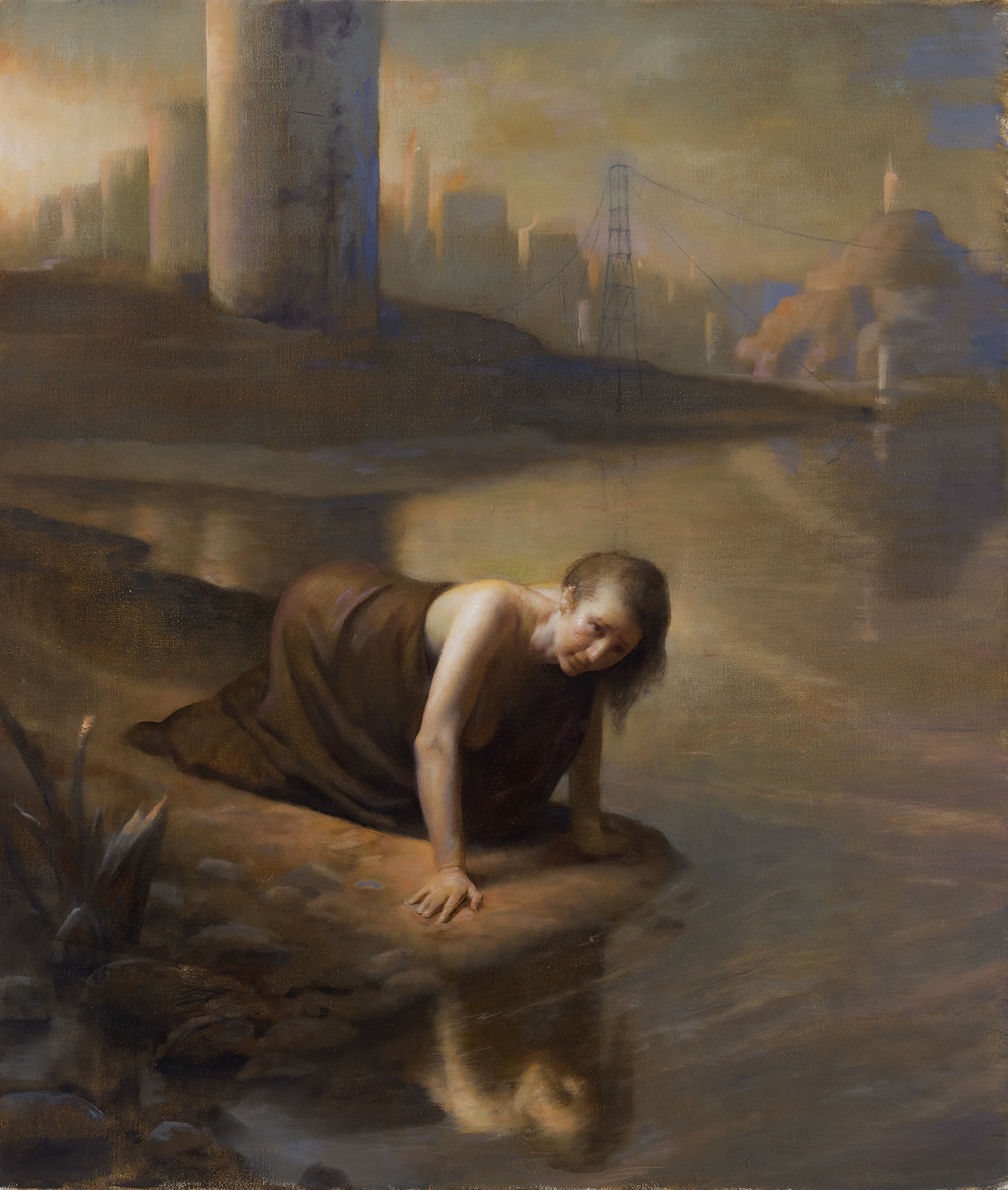The reclining Paolina Borghese as Venus Victrix in the center of the room holds an apple in her hand, evoking the Venus Victrix in the judgement of Paris, who was chosen to settle a dispute between Juno (power), Minerva (arts and science) and Venus (love).
The same subject was painted on the ceiling by Domenico de Angelis (1779), framed by Giovan Battista Marchetti's tromp d'oeil architecture, and was inspired by a famous relief on the façade of the Villa Medici.
This marble statue of Pauline in a highly refined pose is considered a supreme example of the Neoclassical style.





.jpg)






